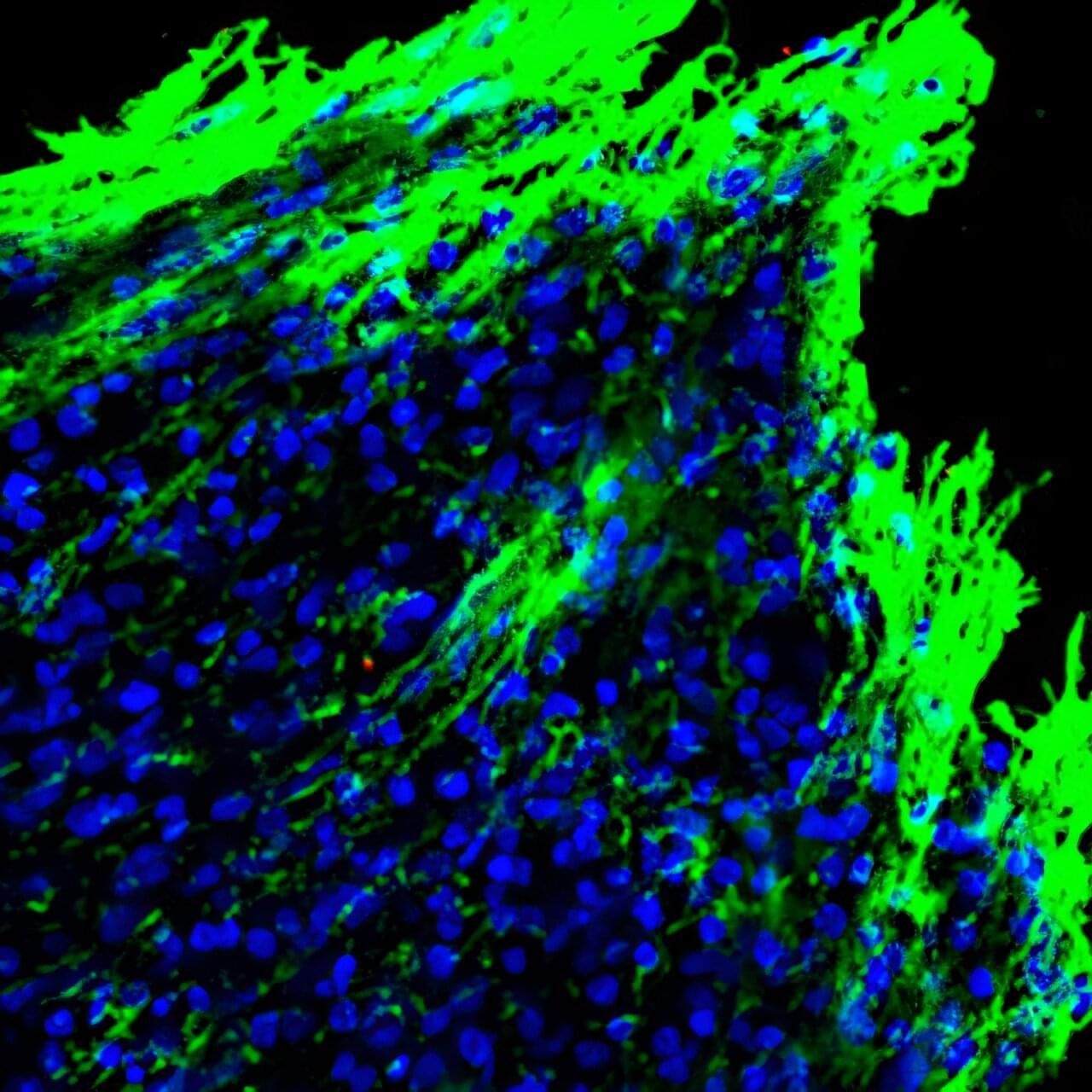An estimated 18,000 people in the United States annually suffer from new injuries to their spinal cords. Unfortunately for those afflicted, no FDA-approved therapy is currently available. Scientists at UC San Diego are looking into the body’s healing mechanisms for clues on recovery from spinal cord injury.
A new study by researchers in the Department of Neurobiology (School of Biological Sciences) has uncovered a source of potential hope in the form of a gene that is known to be involved in key developmental processes in various tissues. Receptor tyrosine kinase, or “RYK,” has been previously associated with the regeneration of axons, the long, thin extensions of nerve cells that transmit impulses. However, RYK, the researchers found, is involved in many more functions.
Professor Yimin Zou and colleagues have published surprising results that reveal that RYK expression inhibits wound healing, offering implications for new treatments for paralysis after spinal cord injury. Their paper, “Astrocytic RYK signaling coordinates scarring and wound healing after spinal cord injury,” was published April 10, 2025 in the Proceedings of the National Academy of Sciences.
